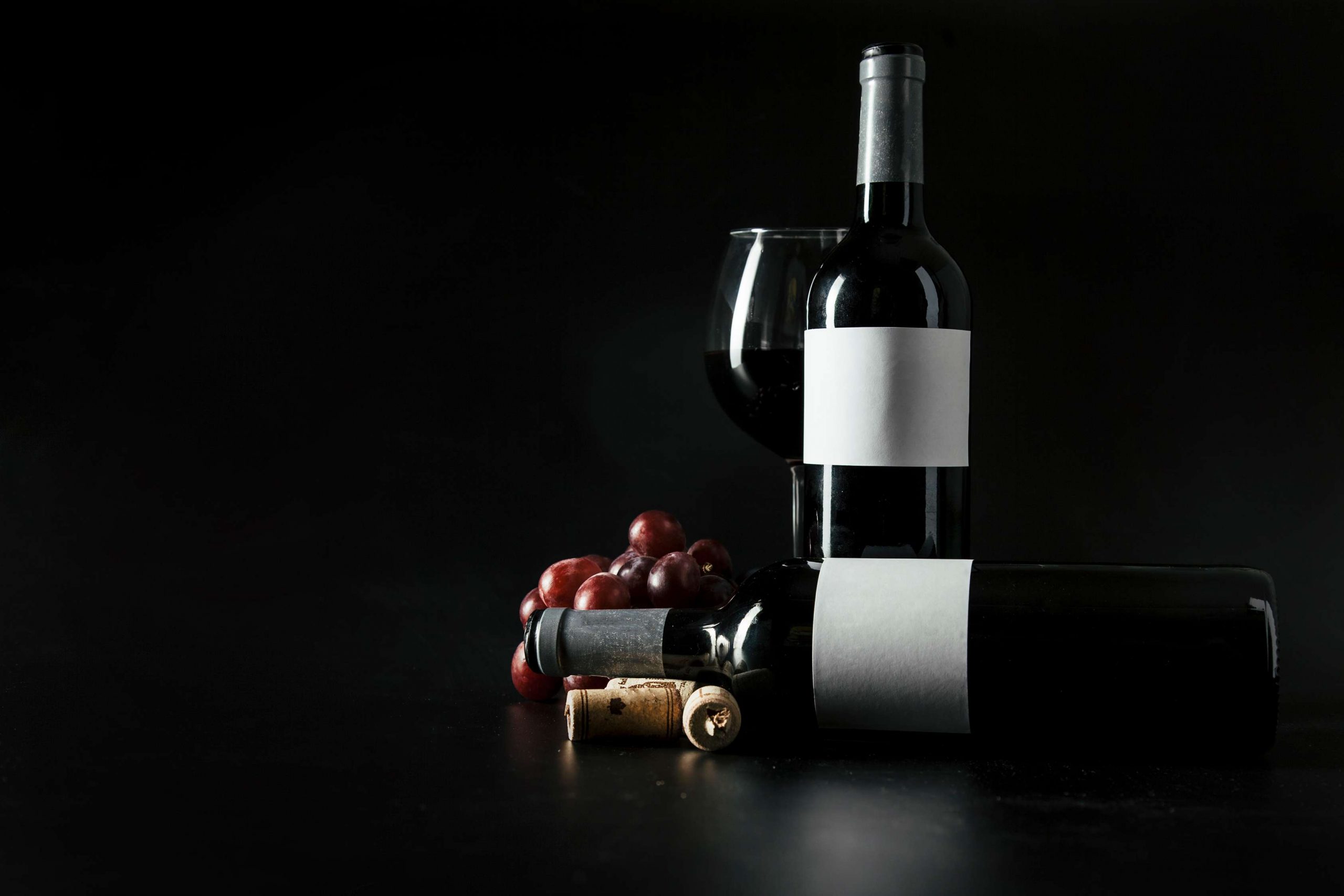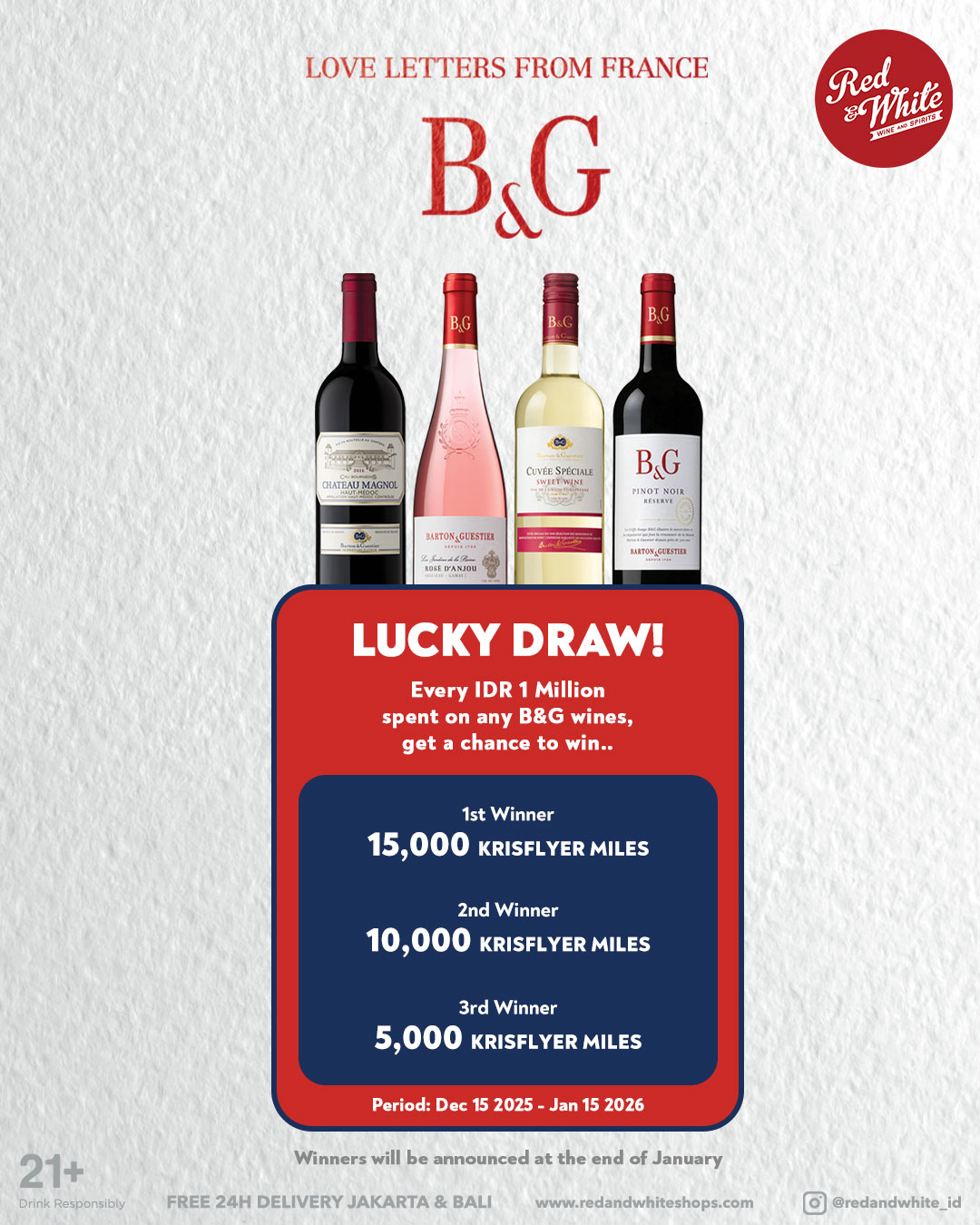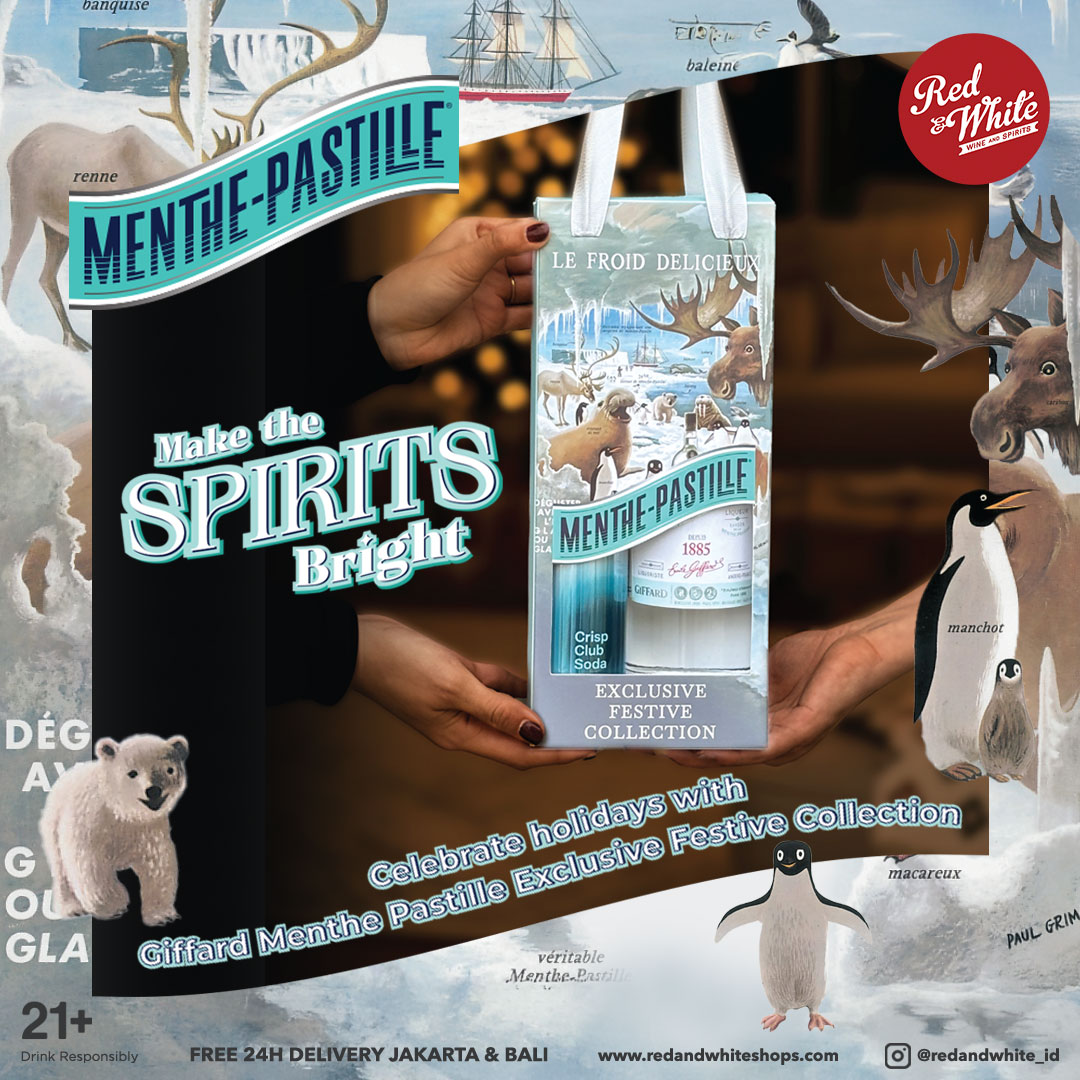
A Guide to Reading Wine Labels
Wine labels, though beautifully designed, can sometimes be perplexing for those who aren’t used to reading them. Fear not! Deciphering wine labels is a skill anyone can master with a little guidance. Let’s embark on a journey through the intricate world of wine labels, demystifying their contents and understanding what lies behind the fancy fonts and elaborate designs.
The basics
First things first, when you pick up a bottle of wine, where do you even begin to decode the wine label? It’s all about understanding the basic components.
Typically, a wine label will feature:
- The name of the wine
- The producer or winery
- The region where the grapes were grown
- The vintage year
Sometimes, there may also be some additional information like grape variety or style of wine. These elements collectively provide vital clues about the wine’s origin, flavour profile, and quality.
Wine name
The name of the wine itself can offer insights into its characteristics. Sometimes, it’s as simple as the grape variety – Chardonnay, Merlot, or Sauvignon Blanc. Other times, it may reference the style of the wine, such as “reserve,” “blanc de blancs,” or “grand cru.” Understanding these terms can give you a hint about what to expect from the wine inside the bottle.
Producer and region of production
The producer or winery’s name on a wine label is akin to a signature – it indicates the source of the wine and often reflects the winemaker’s style and expertise. Additionally, the region where the grapes were grown can significantly influence the wine’s character.
Terms like “Bordeaux,” “Barossa Valley,” or “Napa Valley” evoke distinct wine styles and traditions, offering valuable context for understanding the wine’s flavour profile.
Vintage and grape variety
Two critical pieces of information found on wine labels are the vintage year and grape variety. The vintage year indicates the year the grapes were harvested, providing insight into the wine’s age and potential quality.
Meanwhile, specifying the grape variety – whether it’s Cabernet Sauvignon, Pinot Noir, or Riesling – gives a clear indication of the predominant grape used in the wine’s production.
Additional information
Some wine labels may include additional information, such as the style of wine or specific appellation.
Style
Terms like “dry,” “sweet,” “oaked,” or “sparkling” offer clues about the wine’s taste and mouthfeel. This can be considered its style.
Appellation
Wine appellations, often denoted by acronyms like “DOCG,” “AOC,” or “AVA,” play a pivotal role in the world of wine. It offers valuable insights into a wine’s origin and quality standards.
These appellations are regulatory designations that certify a wine’s geographic origin and adherence to specific production criteria.
Here are some common appellation acronyms you may find on a wine label:
- AOC (Appellation d’Origine Contrôlée): A French regulatory system that guarantees a wine’s origin and quality, with strict criteria regarding grape varieties, vineyard practices, and winemaking techniques, ensuring wines reflect the unique terroir of their respective region.
- DOCG (Denominazione di Origine Controllata e Garantita): Italy’s highest classification for wine, signifying wines that meet strict production regulations and exemplify the pinnacle of quality and authenticity, often associated with renowned wine regions like Tuscany and Piedmont.
- AVA (American Viticultural Area): A designation used in the United States to define specific winegrowing regions recognised for their distinctive geographical and climatic attributes, allowing winemakers to showcase the diverse terroirs and microclimates that influence wine styles across the country.
Now that you’ve unraveled the various components of a wine label, it’s time to put your newfound knowledge into practice. When browsing the wine aisle or perusing a restaurant’s wine list, use this guide to confidently navigate through the sea of labels. Armed with an understanding of the wine’s name, producer, region, vintage, grape variety, and any additional information, you’ll be equipped to make informed decisions and explore the diverse world of wine with gusto.
Reading wine labels may seem daunting at first, but with a bit of practice and guidance, it becomes an enjoyable and rewarding endeavour. By mastering the art of deciphering wine labels, you gain deeper insights into the wines you love and discover new favourites along the way.
Immerse yourself in an amazing journey of discovery and delight with the fantastic range of wines waiting for you at the Red & White Shop. Whether you’re in the mood for a bold Cabernet Sauvignon from Napa Valley, a refreshing Chardonnay from Burgundy, or a rich Barossa Valley Shiraz, our carefully selected collection offers something to please every taste and occasion. With our wide variety of wines from well-known producers and prestigious regions worldwide, you can explore the unique characteristics of each terroir, grape variety, and winemaking style with confidence and excitement.




